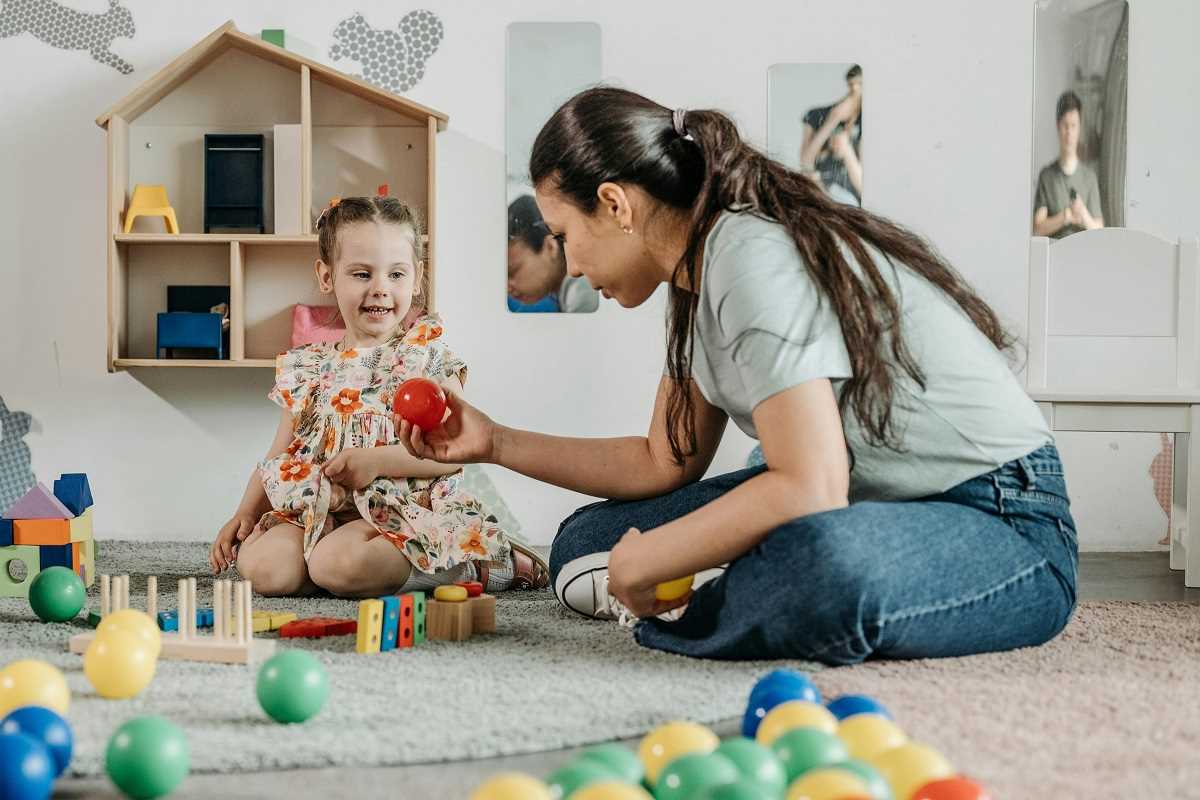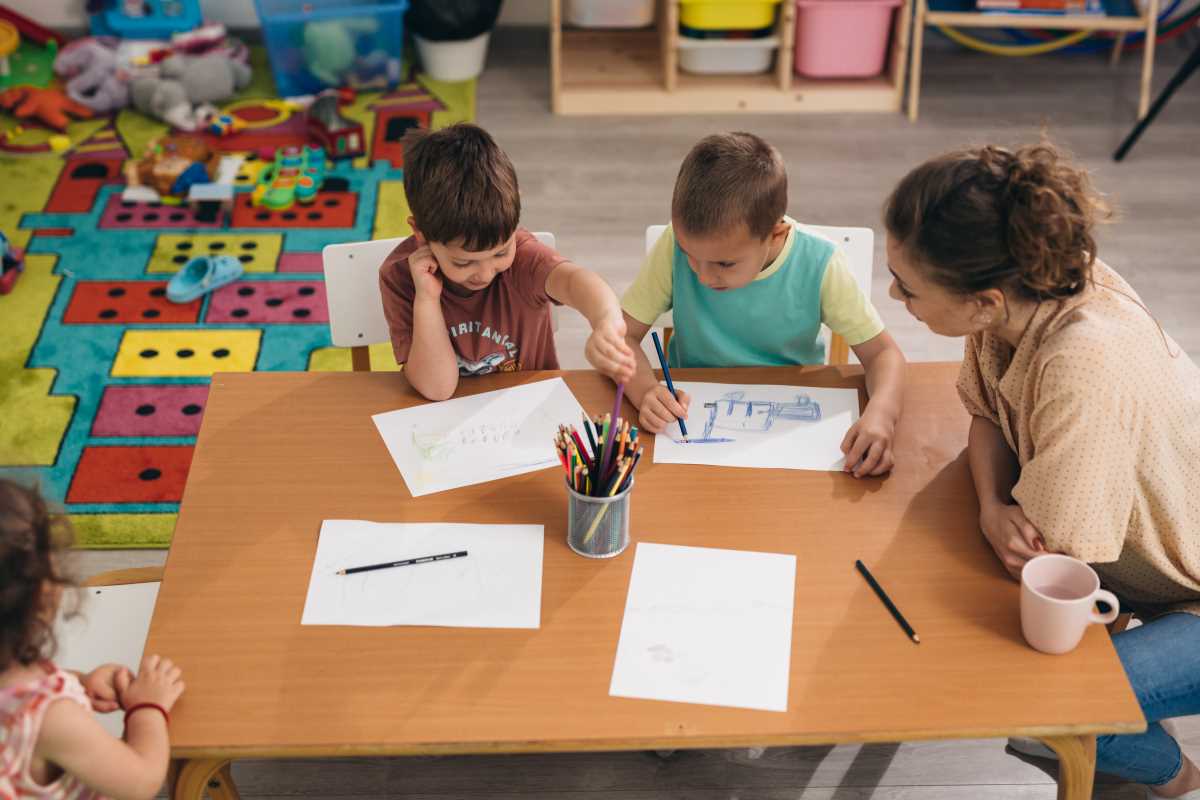Learning a new language often becomes more enjoyable and effective when you team up with a peer tutor. Sharing conversations and practicing with another learner or a fluent speaker helps create a supportive environment where mistakes feel less intimidating and every effort counts toward progress. Friendly discussions, gentle corrections, and the exchange of different viewpoints keep learning fresh and engaging. As you swap stories and help one another, you not only improve your language skills but also encourage each other to keep going. This mutual support helps both partners gain confidence and reach their goals together.
The idea behind peer tutoring is simple: two learners support each other, bringing together different strengths and a willingness to take risks. This hands-on approach offers a refreshing alternative to traditional learning, where the focus stays on textbooks and instructors. Instead, it puts people in real conversations that turn language practice into lively interactions.
What is Peer Tutoring in Language Learning?
Peer tutoring is a method where individuals at various levels of language proficiency help each other. The process involves sharing knowledge, practicing conversation, and learning through immediate feedback. Instead of relying solely on a teacher, learners work together in a dynamic setup, sharing teaching and learning roles.
Various formats allow peer tutoring to take place, including:
- One-on-one sessions
- Group study meet-ups
- Online exchange programs
- Language cafes where learners come together in informal settings
Benefits of Peer Tutoring for Language Learners
Participating in peer tutoring offers many advantages for both tutors and learners. The process improves communication skills, increases self-confidence, and provides a flexible way to practice a language deeply rooted in everyday conversation. Through consistent interaction, you also get the chance to share your cultural insights and learn new ones.
The benefits for both parties include:
- Improved pronunciation and vocabulary through regular speaking practice.
- Deeper cultural understanding by sharing personal experiences and local expressions.
- Enhanced critical thinking as learners analyze language rules and usage together.
- Boosted motivation since having a partner keeps you accountable.
- Personalized feedback that adapts to individual learning speeds.
Effective Peer Tutoring Methods
Using different methods can keep practice sessions engaging and practical. Trying out various approaches until you find a comfortable mix is important. Many find that doing conversation practice helps break the ice and makes it easier to discuss language nuances.
Some hands-on approaches you might try include conversation practice, where you choose a topic and take turns discussing it, and role-playing, which allows you to simulate everyday situations like ordering food or asking for directions. Correcting errors works well too; simply note mistakes during discussions and review them together later in a friendly, non-judgmental way.
How to Set Up a Successful Peer Tutoring Program
Creating a tutoring program that truly works requires some planning. First, find a partner or a group that fits well with your schedule and learning style. Clearly defining your goals and expectations helps keep sessions productive. Select a meeting time that fits everyone’s schedule, and establish a clear structure for each session to prevent wandering off-topic.
You can follow this simple checklist to start:
- Decide how often and when to meet.
- Set achievable goals for each session, such as focusing on a specific grammar point or conversation topic.
- Agree on a way to correct errors, ensuring feedback remains kind and constructive.
- Choose materials or topics in advance, so you both have something to refer to during the session.
- Keep a record of areas that need more review, which can help plan future sessions.
Integrating Peer Tutoring with Other Language Learning Approaches
Peer tutoring works best when it complements other learning methods. Combining conversation with access to multimedia resources creates a well-rounded routine. Joining a class or using language apps can help fill gaps that one-on-one conversations may sometimes leave. Connecting different learning techniques results in a comprehensive study plan.
Find ways to link peer tutoring with other practices to improve your overall learning. Bringing these techniques together helps you apply what you learn in different settings, whether you are writing, reading, or speaking.
Tips for Maximizing Peer Tutoring Sessions
To get the most out of your sessions, include clear practices that keep the conversation active and interesting. A few practical ideas can help make each session meaningful. Using creative approaches opens up opportunities for deep learning and keeps sessions fresh and relevant.
Keep these tips in mind:
- Set specific goals for each session to stay focused.
- Switch roles so each person gets to be the tutor and the learner.
- Bring authentic materials, like menus or news articles, to practice real-life language usage.
- Use visual aids such as flashcards or shared digital notebooks to support memory retention.
- Plan short reviews at the start or end of a session to reinforce what you've learned.
Peer tutoring adds flexibility, interaction, and practical experience to your language studies. Combining tailored sessions with additional resources helps you speak confidently and understand more naturally. This approach makes language learning both enjoyable and achievable.
Invite a friend to join you in peer tutoring. Extra conversation can spark insights and help you reach fluency faster.







